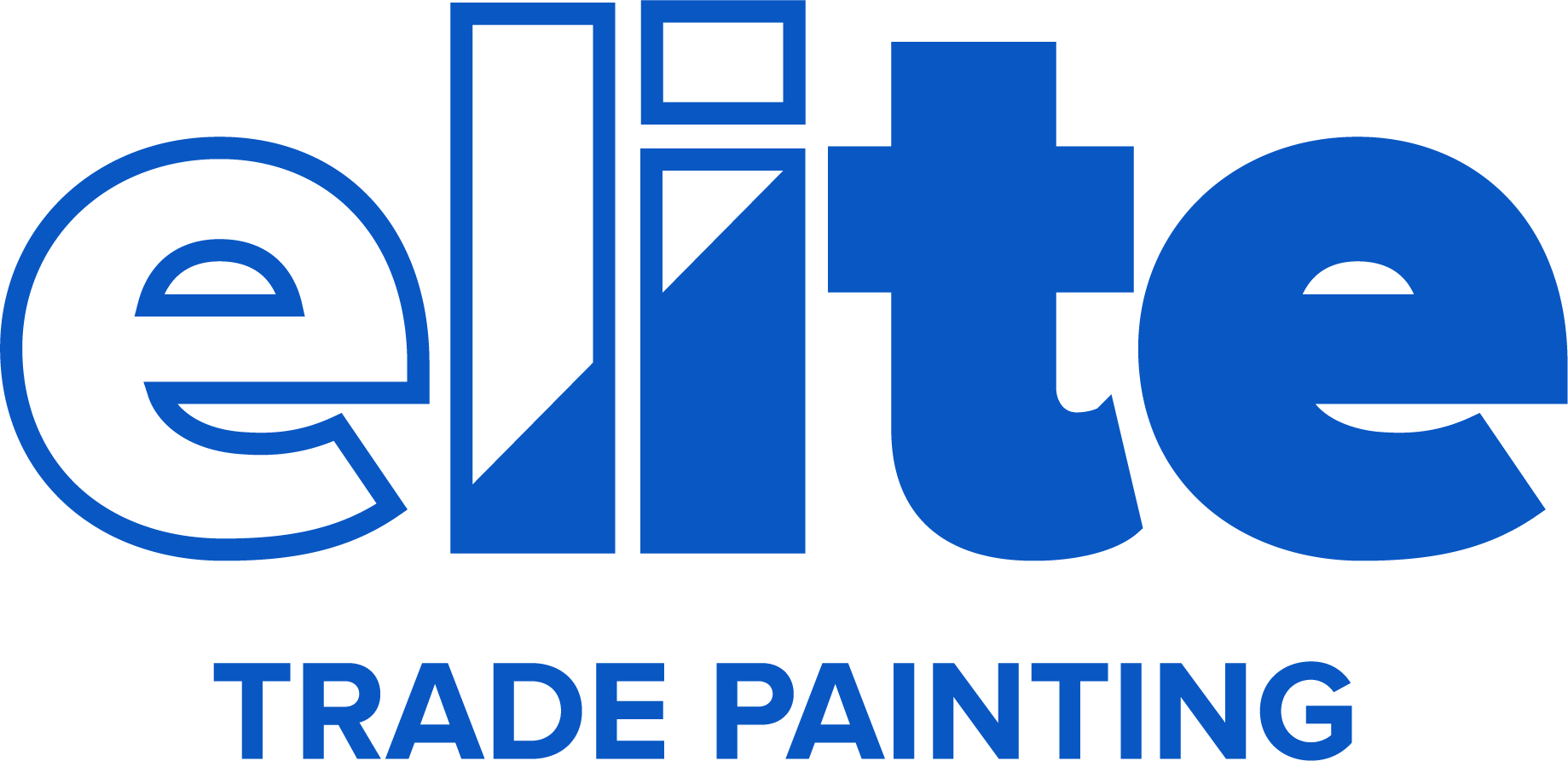Choosing the Right Paint Brush

There isn’t a lot of effort involved in the actual process of painting, but getting the right tools for the job can definitely make all the difference in the world.
You can buy just about any painters’ tape and drop cloths and get the job done. The wrong brush, though, can ruin an otherwise perfect paint job.
The Importance of Using the Right Tools
There is so much out there in the way of painting equipment today. It doesn’t make sense to settle for basic, cheap brushes when there are better tools that you can use. After all, you wouldn’t buy the wrong size wrench to fix your car and expect it to work as well as the correct size would. You have to make sure that you choose the brushes and other painting tools that suit the type of work that you’re doing.
Here are just a few reasons having the right brush can make a big difference.
Cheap brushes are made cheaply. Therefore, the bristles are more likely to come out while you are painting, creating blemishes in your finished coat. The higher quality brushes on the market are made with better materials and will have more secure bristles, saving you the hassle of picking them out of the paint.
High-quality brushes will hold more paint, which means they get the job done faster. You might be able to get away with cheap brushes for a small job, but when you have a lot of painting to do, quality matters to save time.
Certain brushes include angled edges and other features that make them ideal for certain painting needs. There are even edger tools and edge brushes that you can buy specifically for painting corners and around trim work. You can use a basic brush for this, but it’s going to be much harder to control and much more likely to make a mess.
Some paints and stains are only designed for use with a specific type of brush or applicator. Staining, in some cases, is best done with a foam brush, for example. Certain finishes will also require different brushes or applicators to create the desired result. Make sure that you consider these elements when choosing brushes.
Choosing the Best Brushes
Now that you know why it matters to have the right paint brush, you need to know how to find the right ones for the job. The reasons above should have your mind on the right track, but there’s more that you need to know. Here are the most important elements for you to keep in mind when you’re trying to choose the right tools for your next big painting job.
Size and Shape
In the world of painting, size matters. Paint brushes come in a variety of sizes for a reason. If you’re looking to paint a door or a wall, you’ll want a wider brush, such as something larger than three inches. Of course, for larger paneling and full walls, rollers are even better because they offer more coverage with less effort. As mentioned above, you may also need angled brushes or other shape details to finish all the different areas of the space that you are painting. Make sure that you account for all the tools that you will need to get the job done quickly and efficiently.
For smaller jobs and detail work, stick with brushes under 2.5 inches or small rollers. Edging tools and foam brushes are great for corners and tight spaces, or when you just don’t feel like your hand is steady enough for trim or detail work. Of all of the elements involved in selecting the right paint brushes, size and shape are two of the most important elements.
Bristle Material
There are three basic types of paint brushes on the market: natural, synthetic, and blends.
Natural bristles are sourced from animal hair, and are ideal for oil-based paints and when you want a smooth finish.
Synthetic bristles are better for water-based paints because they won’t soak up the moisture while painting like natural bristles would.
Based on paint type, here’s what you need to use:
- Natural bristles are fine for varnish, stains, and oil-based paints.
- Nylon/polyester blend brushes are best for water-based paint because they offer control and they won’t soak up any of the paint along the way.
- Latex paint sees the best results when applied with 100% nylon brushes, as opposed to a synthetic blend brush.
Most brushes will have this information on them, or you can find it readily available at your local hardware or home improvement store in case you forget when you get there to stock up on the tools that you need.
Brush Type
So far, the considerations discussed have been in regard to actual paint brushes made with individual bristles, which are the most commonly used for painting. However, there are a number of other paint brushes and tools on the market today, including many that we’ve already mentioned previously. Make sure that you know about all of your options for painting various areas because a traditional brush might actually be at the bottom of your list for some paint jobs.
For example, some stains and textured paints will be easier to apply with foam brushes, as opposed to traditional paint brushes or rollers. Typically, you can consult the paint itself or check the manufacturer’s recommendations for application so that you choose the right tools for the job.
How to Care for Paint Brushes?
You shouldn’t have to buy new brushes every time you paint. Professional painters keep the same equipment for months, and even years, because they clean and care for it properly after each job.
If you want to do the same, keep the following tips in mind:
Clean Your Brush
Immediately after painting is complete, rinse and clean all of your brushes with the appropriate cleaners or paint thinner. Use a paint thinner or turpentine for stains, shellac, varnish, and oil-based paints, and simple soap and water for latex and acrylic paints. Buy a cheap comb (or find an old one in a drawer) and use it to clean and comb out the bristles.
Use a stainless-steel wire brush to remove dried-on paints from brushes and handles, as well as other painting equipment and supplies. This will keep your brushes newer, longer, and help prevent control issues related to dried-on paint and buildup.
Do NOT Soak Brushes
You can soak the brush for a minute or two to loosen up stuck-on paint, but don’t leave brushes sitting in soapy water or paint thinner between uses. This is going to cause them to lose their shape and it can cause swelling of natural-bristle brushes, which results in a deformed shape and poor painting results in the future.
Never store brushes on their bristles
If you can, hang brushes to dry and to be stored. You can also lay them down flat, but make sure that nothing is getting shoved up into the bristles while the brushes are stored. When you stand a brush on its tip, it will curl and make the working tip useless for future painting jobs.
Consider Professional Painters
If you’re struggling to execute (or even plan) your next painting project, you don’t have to go it alone. The information provided here will ensure that you do get the right tools for the job but we can’t give you the motivation or peace of mind that you may be lacking to get started. However, we can give you a better solution. Rather than spending hours picking out the perfect paintbrush, spend that time picking out a professional painter to do the work for you.
The great thing about hiring a professional is that they will have all of the right tools for the job and they’ll know exactly which brushes to use on various applications. Plus, they can handle all types and sizes of paint jobs, from interior and exterior painting to a variety of residential and commercial projects.
In Summary
If you are planning a painting project, your first priority needs to be to get the right tools for the job. The whole point of doing it yourself is to save money, after all. If you end up paying someone to come in and fix your work because you used the wrong paint brushes or tools for the job, you basically defeated the purpose of doing the work yourself in the first place.
If you’re not sure about doing it yourself, call the pros. If you think you’re up to the task, give yourself the upper hand by stocking up on all the right brushes for the job at hand, whether you need three brushes or ten. Keep the information here in mind and you’ll have a much easier time choosing (and caring for) your paintbrushes and other painting equipment.
 (877) 663-5483
(877) 663-5483 (844) 333-1387
(844) 333-1387



